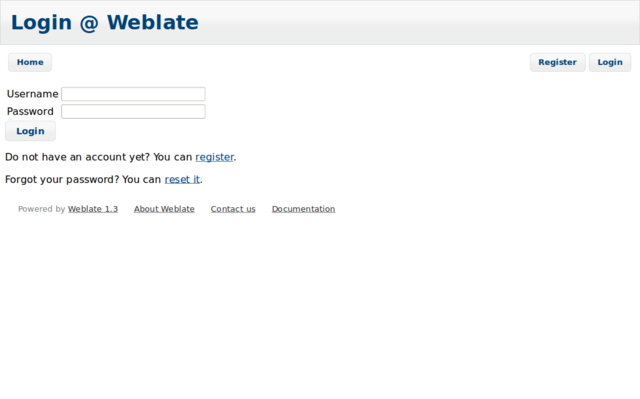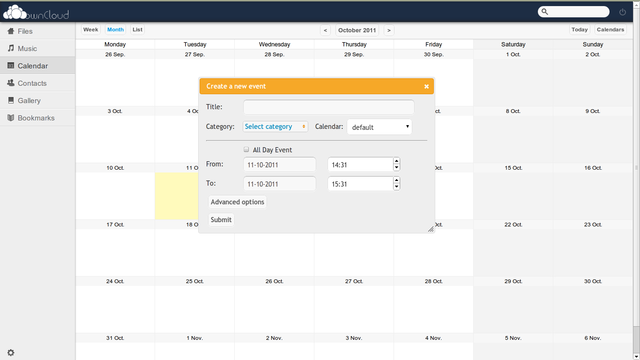

Go to Control Panel / Login Portal / Advanced Tab / click Reverse Proxy. If you already have a Wildcard certificate, skip this STEP. Follow my guide to get a Wildcard Certificate. Make sure you have a Wildcard Certificate. Attention: Make sure you have installed the latest Portainer version. If you already have Portainer installed on your Synology NAS, skip this STEP.
Bitnami mediawiki stack install#
Install Portainer using my step by step guide. Please Support My work by Making a Donation. 💡 Note: This guide works perfectly with the latest version of MediaWiki 1.39.3
Bitnami mediawiki stack how to#
In this step by step guide I will show you how to install MediaWiki on your Synology NAS using Docker & Portainer. MediaWiki is localized in over 350 languages and its reliability and robust feature set have earned it a large and vibrant community of third-party users and developers. It serves as the platform for Wikipedia and the other Wikimedia projects, used by hundreds of millions of people each month.

Access these command-line tools from the XAMPP Shell, included with XAMPP for Windows.MediaWiki is a free and open-source wiki software package written in PHP. Some applications include a command-line scripting tool, such as Drush for Drupal. You can also continue using the regular /opt/lampp/lampp script from the command line on Linux, as shown below: Shell
Bitnami mediawiki stack mac os x#
Since XAMPP v1.8.2-beta2, XAMPP for Linux and Mac OS X ship a new graphical manager, as shown below:

The default username is "user" and the password is the one configured during the installation process. To access an application, browse to the URL For example, WordPress will be accessible at You can also access applications from the XAMPP welcome page, under the "Applications" tab.įind more information about how to configure Bitnami applications CredentialsĪdministrator credentials for each application are configured from the installer.


 0 kommentar(er)
0 kommentar(er)
